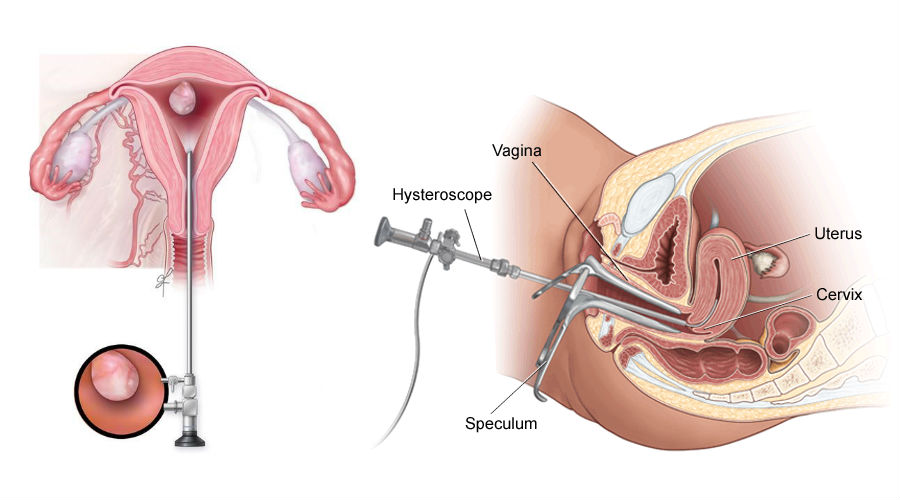Hysteroscopic Spetal Resection
Hysteroscopic septal resection is a minimally invasive surgical procedure used to correct a septate uterus, a condition where the uterus is divided by a septum, or wall of tissue, into two separate cavities. This procedure is performed using a hysteroscope, a thin, flexible tube with a camera and light attached, which allows the surgeon to visualize the inside of the uterus and remove the septum without the need for a traditional open surgery.
The procedure is typically performed under general anesthesia on an outpatient basis, meaning patients can return home the same day. During the procedure, the hysteroscope is inserted through the vagina and cervix into the uterus, and the septum is removed using specialized instruments. Hysteroscopic septal resection is associated with minimal pain and a quick recovery time, with most women able to resume normal activities within a few days.
Benefits of Hysteroscopic Septal Resection
- Correction of a septate uterus, which can improve fertility outcomes for women trying to conceive.
- Minimally invasive procedure with no abdominal incisions, resulting in less pain and faster recovery compared to traditional surgery.
- Preservation of the uterus and reproductive organs, allowing women to maintain their fertility and future childbearing potential.
- Reduction of symptoms associated with a septate uterus, such as recurrent miscarriages, abnormal uterine bleeding, and infertility.
- Improved chances of successful pregnancy and reduced risk of complications, such as preterm birth and pregnancy loss, following septal resection.
- Enhanced visualization of the uterine cavity and accurate removal of the septum using advanced hysteroscopic techniques.
- Outpatient procedure with minimal downtime, allowing women to return to their normal activities quickly after surgery.
- Effective treatment option for women with a septate uterus, offering a high success rate and favorable outcomes for both the patient and her future pregnancies.







